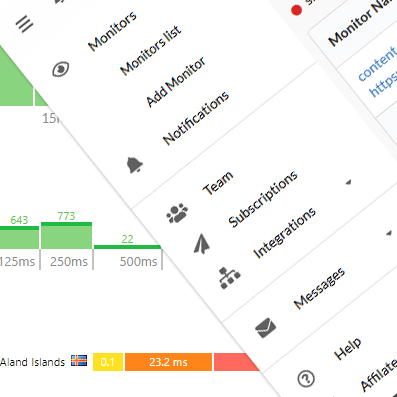Biggest network outages and their devastating financial impact
In today’s hyper-connected world, characterized by an unprecedented reliance on digital infrastructure, reliable networks stand as the indispensable backbone of global commerce and communication. Every aspect of modern life, from business transactions to personal interactions, hinges upon the seamless functioning of these intricate systems. However, when these networks falter, the repercussions reverberate far beyond mere technical glitches. The consequences can be profound, causing widespread disruption across industries, impairing essential services, and inflicting significant financial losses on businesses and individuals alike. In light of these challenges, this article embarks on a comprehensive exploration of the world’s most impactful network outages. By delving into the root causes, examining the cascading effects on businesses and individuals, and shedding light on the staggering financial tolls they leave behind, we aim to illuminate the critical importance of network reliability and resilience in an increasingly interconnected global landscape.
Network outages can be measured on a spectrum, ranging from brief inconveniences to catastrophic events that cripple entire industries. The financial impact of downtime varies depending on the duration, the affected region, and the specific businesses involved. Here’s a closer look:
During an outage, businesses are unable to process transactions, accept orders, or deliver services. This translates directly to lost revenue, with every minute of downtime potentially costing thousands of dollars. E-commerce giants, airlines, and financial institutions are particularly vulnerable, as even short outages can lead to a significant decline in sales and productivity.
Network outages disrupt workflows and hinder employee productivity. With limited or no access to critical applications and communication channels, employees are unable to perform their tasks efficiently. This can lead to delays in project completion, missed deadlines, and a domino effect on other departments.
Network outages can erode customer trust and damage a company’s reputation. Customers who experience service interruptions during an outage may be frustrated and less likely to return. In today’s competitive landscape, a negative online reputation can be especially detrimental.
Certain industries, such as healthcare and finance, have strict regulatory requirements regarding data availability and uptime. Network outages can lead to non-compliance with these regulations, potentially resulting in hefty fines and penalties.
History is littered with examples of network outages that have caused widespread disruption and financial ruin. Let’s revisit some of the most notable incidents:
In the midst of its annual Prime Day sale, Amazon experienced a network outage that lasted for approximately 13 minutes. While seemingly brief, this disruption resulted in an estimated loss of nearly $100 million for the retail giant, highlighting the immense financial vulnerability of online businesses during peak periods.
A major security flaw in a popular cloud storage service, Fastly, resulted in the inadvertent exposure of sensitive data from millions of websites. The Cloudbleed incident exposed the interconnectedness of the internet and the potential for a single vulnerability to have widespread consequences. While the financial impact was difficult to quantify, the reputational damage to Fastly and its clients was significant.
A massive data breach at Equifax, a credit reporting agency, exposed the personal information of nearly 150 million Americans. While not technically a network outage, this incident underscores the financial and reputational risks associated with network security vulnerabilities. The Equifax breach resulted in lawsuits, regulatory investigations, and a steep decline in the company’s stock price.
These are just a few examples, and the list of disruptive network outages continues to grow. As our reliance on technology increases, so too does the potential for financial losses associated with downtime. The Growing Threat Landscape: From Accidental Outages to Malicious Attacks
Network outages can occur due to a variety of factors, both accidental and malicious. Here’s a breakdown of the most common causes:
Equipment malfunctions, such as power outages, server crashes, and overheating issues, can lead to network disruptions. Regular maintenance and redundancy plans are crucial in mitigating these risks.
Software bugs and glitches can introduce errors that disrupt network operations. Rigorous testing and quality control procedures are essential to minimize the risk of software-related outages.
Accidental configuration changes or human mistakes can inadvertently trigger network outages. Ongoing training and clear communication protocols can help to prevent these occurrences.
However, the threat landscape is not limited to accidental causes. Malicious actors are increasingly targeting network infrastructure with cyberattacks designed to disrupt operations, steal data, or extort money. These attacks can take various forms, including:
DDoS attacks overwhelm servers with a flood of traffic, rendering them inaccessible to legitimate users. These attacks can cripple online businesses and financial institutions.
Ransomware attackers encrypt critical data and demand ransom payments for decryption. These attacks can lead to significant downtime and data loss, causing financial strain on businesses.
Zero-day exploits target previously unknown vulnerabilities in software, making them particularly difficult to defend against. These attacks can have devastating consequences.
In conclusion, network outages are a constant threat in today’s digital age, posing a significant financial risk to businesses of all sizes. The financial impact of downtime can be devastating, ranging from lost revenue and productivity to reputational damage and regulatory fines. As we have seen from the case studies, even brief outages can have a crippling effect.
